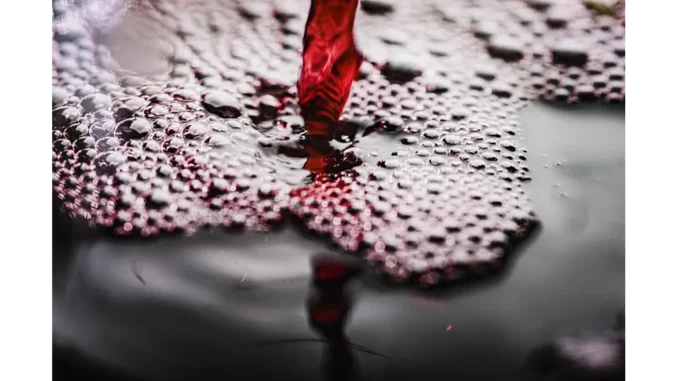
The Art and Science of Wine Storage: Elevating Your Experience
For those who appreciate the nuanced pleasure of a fine glass of wine, understanding the subtleties of wine storage is paramount. Whether you are a seasoned connoisseur or a casual enthusiast, the way you store your wine can profoundly influence its taste, aroma, and longevity. Let us embark on an exploration of wine storage, where the delicate balance of temperature, humidity, and placement can transform your wine-drinking experience.
Temperature: The Invisible Adversary
A common misapprehension in wine storage is the suitability of room temperature for all varieties. Yet, this is a fallacy that can undermine the integrity of your collection. As wine expert Jane Masters MW suggests, “Maintaining the correct temperature is vital for preserving the wine’s character and longevity.”
For red wines, a cooler environment—between 13 to 18 degrees Celsius—is optimal, preserving their complex flavours and guarding against premature ageing. In contrast, white and sparkling wines thrive at even lower temperatures, around 7 to 10 degrees Celsius. While the kitchen refrigerator might seem convenient, it poses a risk with its overly cold and arid conditions, which can desiccate corks and lead to oxidation. Investing in a dedicated wine fridge ensures a stable climate tailored to your wine’s needs.
Humidity: The Silent Protector
Humidity is a crucial element in maintaining wine quality, particularly for cork-sealed bottles. A humidity level of approximately 70% is ideal, as it prevents the cork from drying and allowing air ingress. As sommelier Thomas Keller explains, “Humidity is your wine’s best friend, keeping the cork supple and the seal intact.”
Storing bottles horizontally is more than an aesthetic choice; it ensures that the wine maintains contact with the cork, safeguarding against spoilage through oxidation.
Positioning: Beyond Visual Appeal
The horizontal positioning of wine bottles is a strategic measure that extends beyond mere visual appeal. According to wine expert Fiona Beckett, “Proper bottle orientation is essential for long-term storage and maintaining cork integrity.” Upright storage can dry out the cork, compromising the seal—particularly critical for wines intended for ageing.
Light and Vibration: The Subtle Disruptors
Often overlooked, light and vibration play a covert role in wine degradation. Exposure to sunlight or harsh artificial light can prematurely age a wine, altering its flavour profile. Thus, wine cellars and storage cabinets are designed to be dimly lit. Similarly, vibrations from appliances or nearby traffic can disturb a wine’s sediment and accelerate chemical reactions. As wine collector David Pearson notes, “A stable, dark environment is the sanctuary every wine deserves.”
Preserving Opened Bottles: A Delicate Balance
Once a bottle has been uncorked, its freshness is on borrowed time. For red wines, employing an airtight stopper with a wine pump can prolong its life by minimizing oxygen exposure. This technique can keep the wine enjoyable for up to five days. White and sparkling wines benefit from similar methods, though they are best consumed within three to five days of opening.
In the realm of wine storage, where science meets art, the discerning enthusiast knows that the nuances of temperature, humidity, position, and protection from light and vibration are not mere details but the very essence of preserving wine’s splendour. Whether it is a cherished vintage or a simple weeknight pour, these principles will ensure that each sip is a moment of pure enjoyment.


Be the first to comment